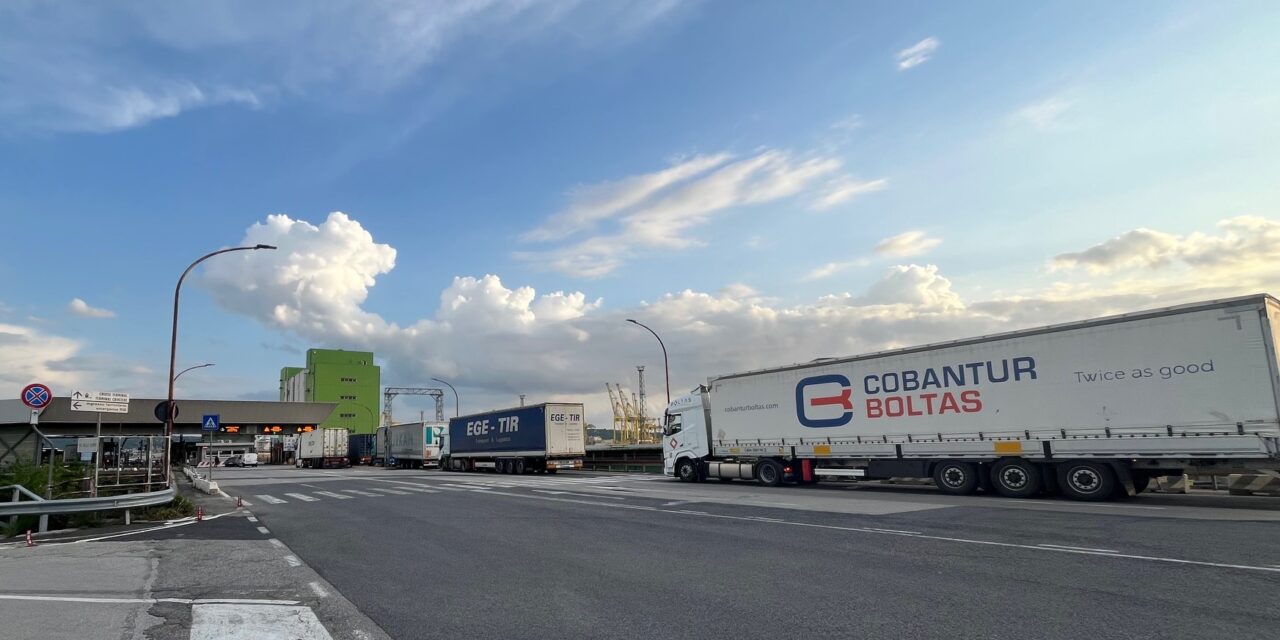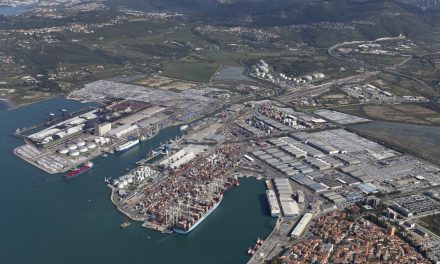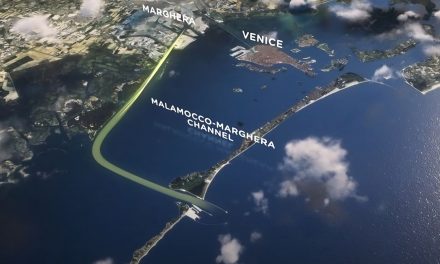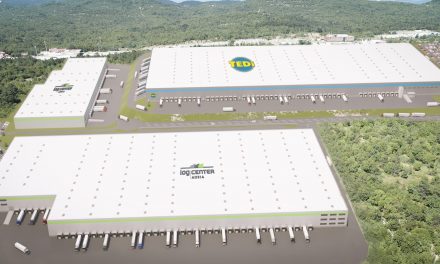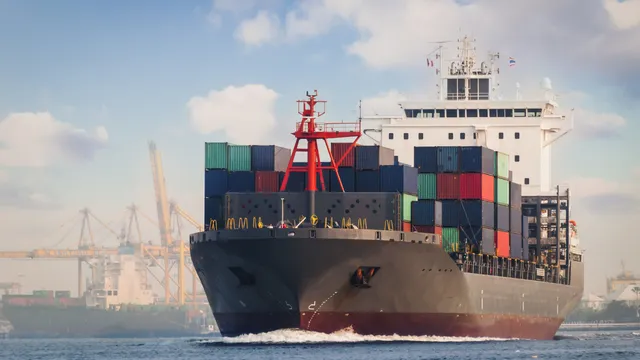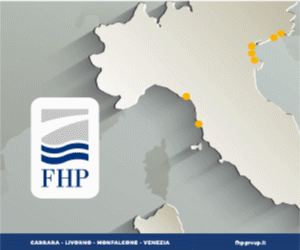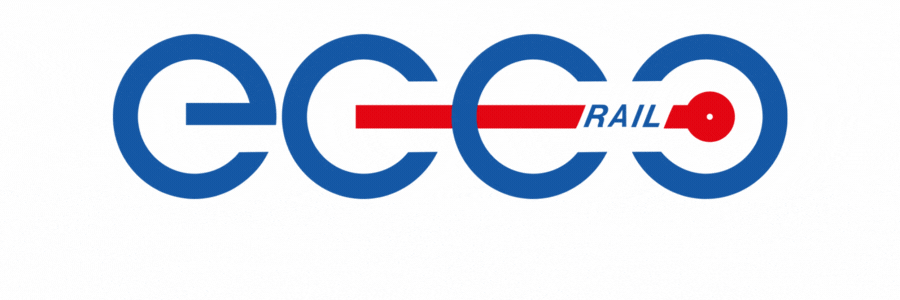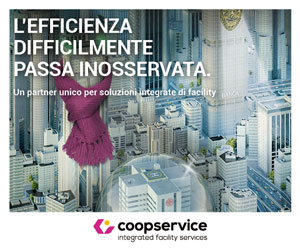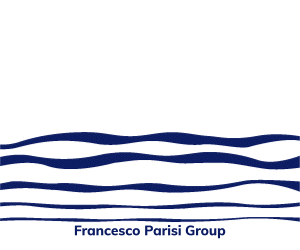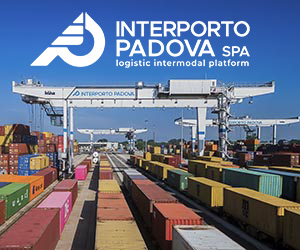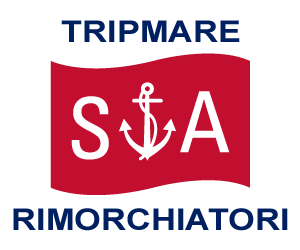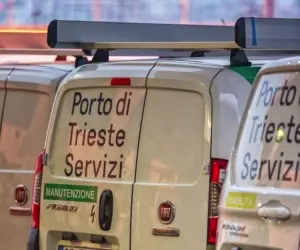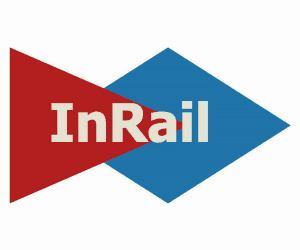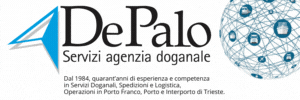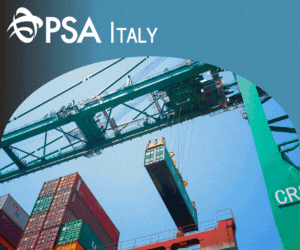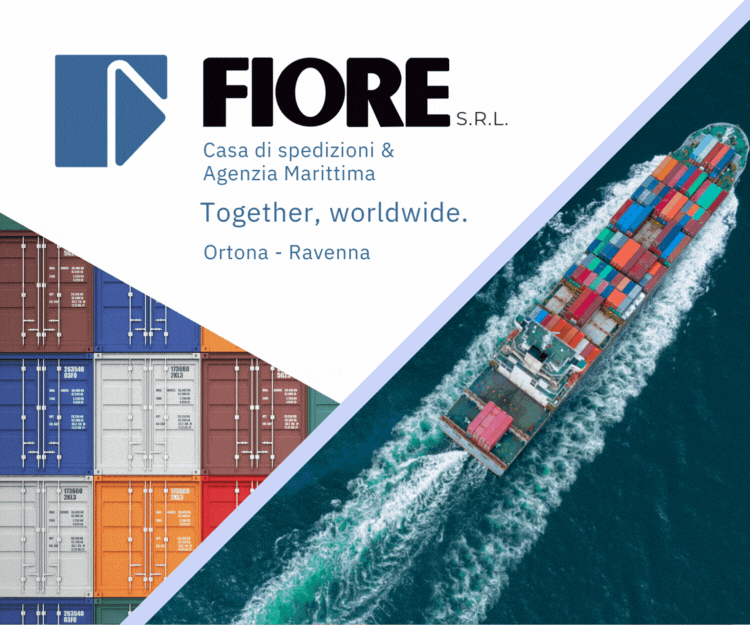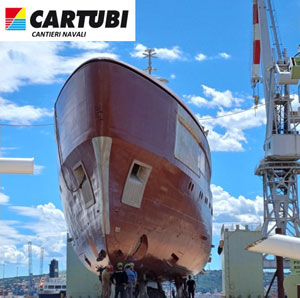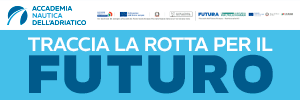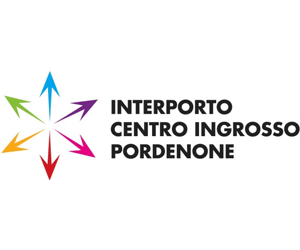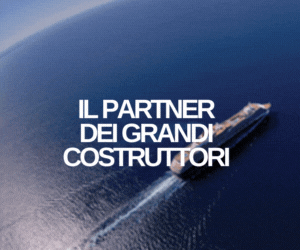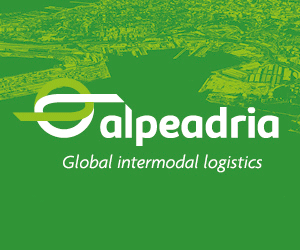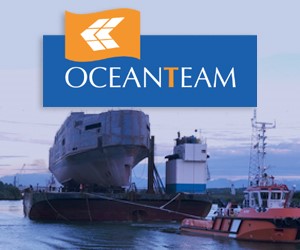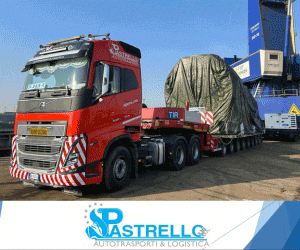TRIESTE – The Port Network Authority of Trieste has launched a tender for the expansion and modernization of Gate IV, the main access point to the port.
Despite past efforts by the Authority, road access to the Port of Trieste remains a critical issue, as recently confirmed to Adriaports by the Commissioner, Vittorio Torbianelli. In the coming weeks, the innovation process for the port’s access and exit systems will enter its final and most strategic phase. This follows the Authority’s previous implementation of paperless procedures through the Port Community System.
The tender, co-financed by the Interreg VI-A Italy-Croatia 2021–2027 Programme, aims to create an integrated gate system combining physical and digital components, enabling full digitalization of customs, logistics, and security procedures by 2026. The goal is to improve transit times, control efficiency, and flow management quality, while minimizing errors in operational processes. The new system will collect and analyze data on the movement of vehicles, goods, and people, ensuring full integration with the port’s telematic infrastructure.
The tender for the technical and economic feasibility design (PFTE) has a base value of €221,974.52 (for a total of €246,801.72). The project will cover both physical and digital upgrades, including software, hardware, interoperability services, and safety coordination during the design phase.
From an infrastructure perspective, the planned interventions (subject to design) will include not only technological components (such as OCR cameras, QR/barcode scanners, software, and more), but also structural changes to the gate layout: adding more entry lanes to ease traffic flow; optimizing lane lengths to prevent congestion on Trieste’s major roadways; functionally separating lanes to ensure efficient exit flows without interference between controlled and exempt vehicles; and configuring the area to allow future expansion.
The planning process will involve relevant institutions (Customs and Monopolies Agency, Guardia di Finanza, Port Authority, Border Police) as well as key stakeholders representing port users. At the same time, in terms of traffic flow management, the progress already achieved with the Port Community System and digital documentation procedures will be further leveraged.
“Although significant progress has been made in digitalization, port gates still present certain critical issues. However, we believe that the work done so far on customs digitalization, in synergy with institutions, has laid a solid foundation. The launch of the design phase for the integrated restructuring of Gate IV,” explained Port Network Authority Commissioner Vittorio Torbianelli, “marks a decisive step forward and will deliver tangible benefits for users in terms of simplification and time savings, consolidating the results built over recent years.”



